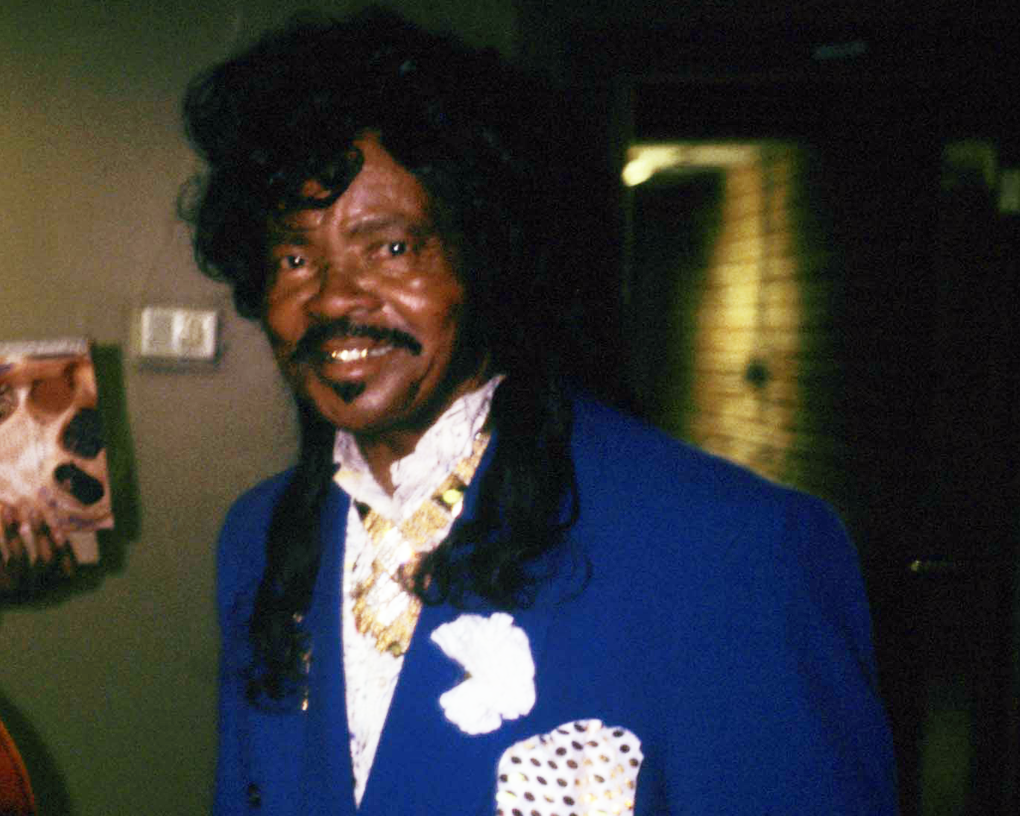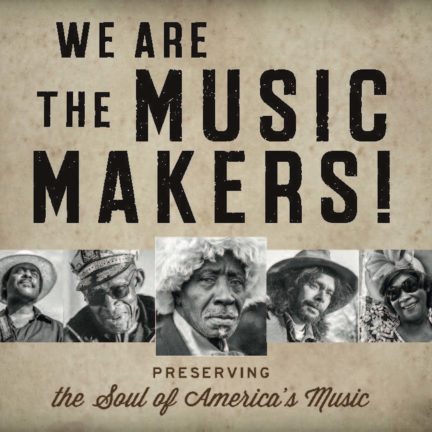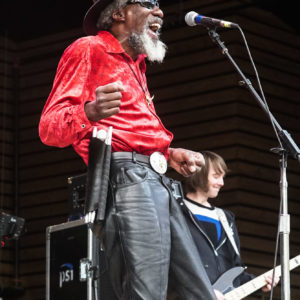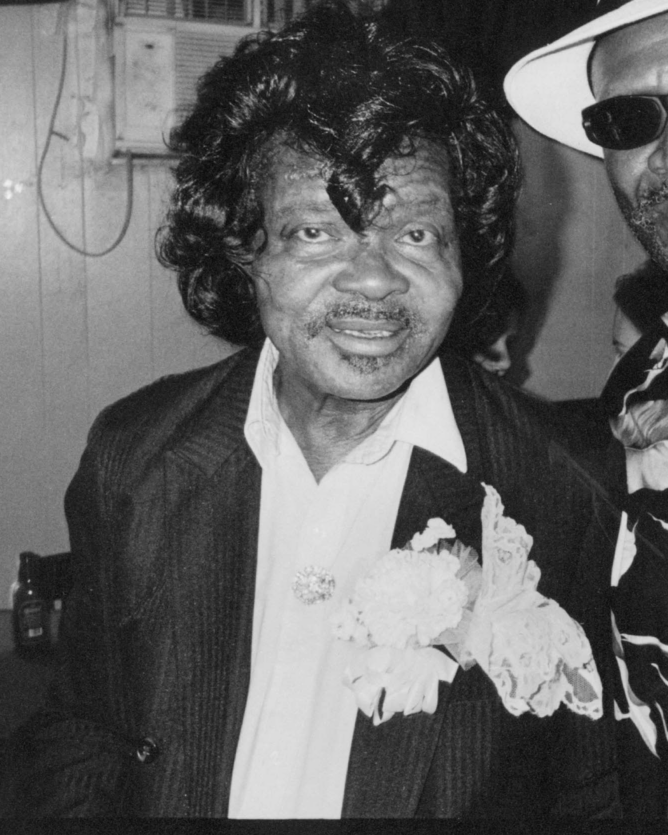
Ernie K-Doe
R&BThere was never a dull moment with Ernie K-Doe. The New Orleans R&B legend hit it big with 1961’s “Mother-in-Law,” and later opened Tremé mainstay the Mother-in-Law Lounge.
She thinks her advice is the constitutionBut if she would leave that would be the solution
Ernie K-Doe had it – charisma, showmanship, and an eccentric view of human affairs that included himself at their center as the self-described “Emperor of the World.” The New Orleans R&B and soul legend could really sing, with appreciators like Taj Mahal counting “the way he raised his notes at the end of the line” as highly influential. But beyond his musical talent, K-Doe had chutzpah – this, after all, was a man who sold boxer shorts with the phrase “I’m cocky but I’m good” written on them.
Doe’s biggest chart hit was 1961’s “Mother-in-Law,” a lyrically blistering character assassination (written by a young Allen Toussaint) but made warm and winning by K-Doe’s charming delivery. After “Mother-in-Law,” K-Doe scored a number of regional hits on the Minit (“Te-Ta-Te-Ta-Ta”) and Duke (“Later for Tomorrow”) labels. His classic self-titled 1971 LP on Janus was produced and largely written by Toussaint, with original vinyl copies still fetching high prices today.
By the 1990s, K-Doe had fallen on hard times, drinking heavily and finding it increasingly difficult to make ends meet. This was when he met the future Mrs. K-Doe, Miss Antoinette Dorsey (cousin of singer Lee Dorsey). Miss Antoinette helped K-Doe dry out. Soon after they wed, and the two opened the Mother-in-Law Lounge. At this time, Music Maker Foundation helped out with funds for the Lounge’s opening (and for K-Doe’s prescription medicines). At the Mother-in-Law Lounge, K-Doe’s flamboyant personality and performances could again shine – he often sang duets with his own 45s playing from a jukebox chockful of his sides.
The club became a Tremé mainstay, counting everybody from Stevie Wonder to Quintron as patrons, and was the base from which K-Doe rehabilitated his reputation. A Mardi Gras hub, after K-Doe’s 2001 death, the club took on another role, as living memorial. There Miss Antoinette kept her husband’s music perpetually playing and a wax dummy of him, in full wig and regalia, to hold court.
Today, the lounge is now firmly established in the psychogeography of New Orleans social life: when damaged by Katrina in 2006, superstar Usher and an army of volunteers helped rebuild it. After Miss Antoinette’s passing in 2009, saxophonist Kermit Ruffins took over the spot as Kermit’s Tremé Mother-in-Law Lounge. All of which is a testament to the man, the myth, the legend that was Ernie K-Doe, whose work inspired it all.
Ernie K-Doe was born on February 22, 1933. He died July 5, 2001.
Top photo by Timothy Duffy.
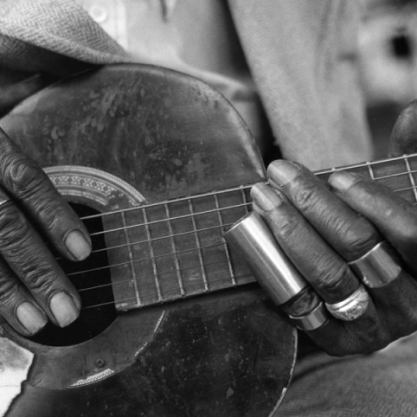
Get involved
& give back
The Music Maker Foundation is a 501(c)(3) nonprofit organization that depends on thousands of supporters. Together, we work to meet the day-to-day needs of the artists who create traditional American music, we ensure their voices are heard, we give all people access to our nation’s hidden musical treasures. Please contribute or shop our store today.
